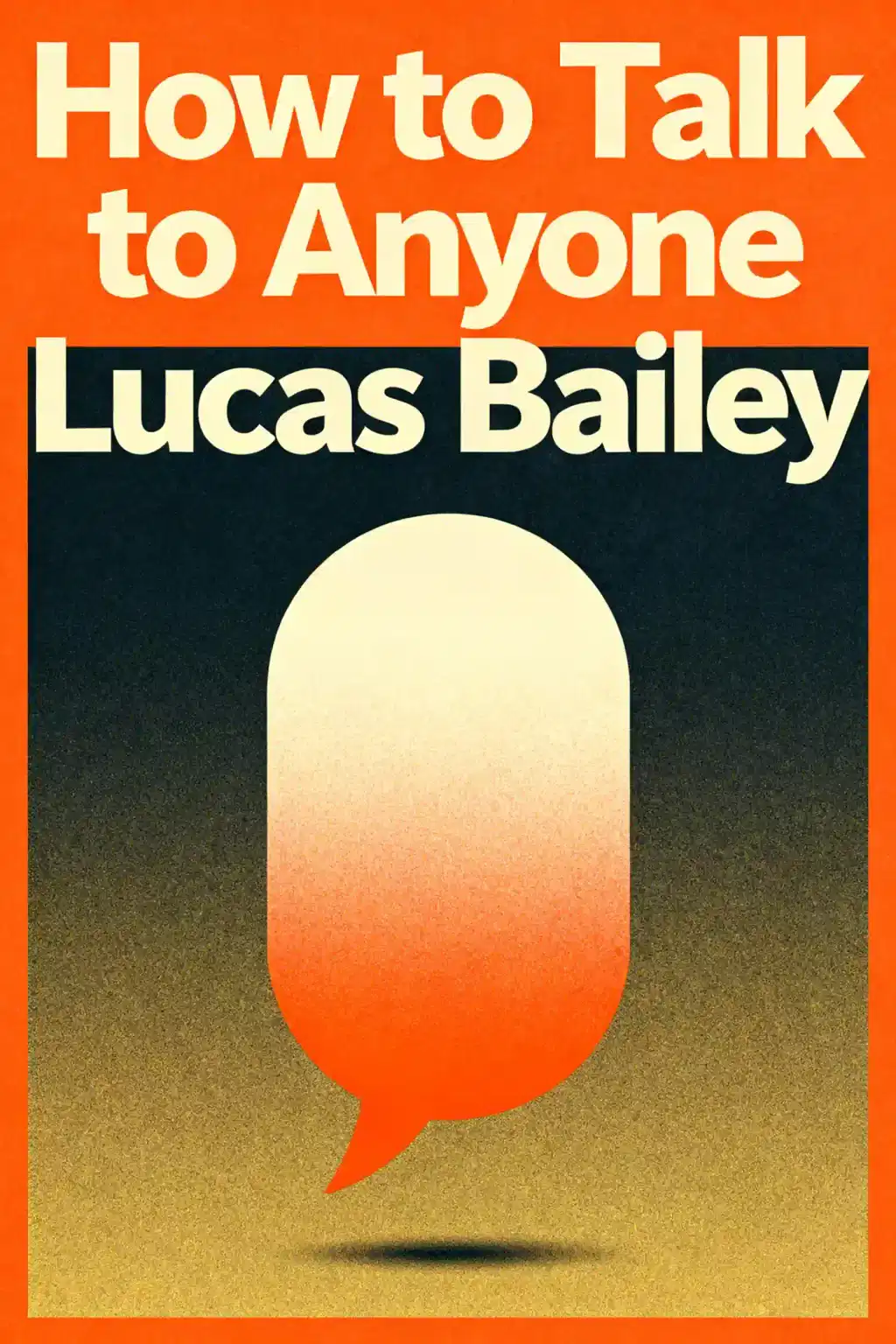
How to Make People Like You in 90 Seconds or Less by Nicholas Boothman Summary
Overview of How to Make People Like You in 90 Seconds or Less
Master the art of instant connection with Nicholas Boothman's communication bible. Using NLP techniques like "synchrony" and sensory preferences, this bestseller has transformed countless relationships. Therapists swear by it - what could you achieve if people genuinely liked you within 90 seconds?
Similar books to How to Make People Like You in 90 Seconds or Less
Feel the book through the author's voice
Turn knowledge into engaging, example-rich insights
Capture key ideas in a flash for fast learning
Enjoy the book in a fun and engaging way
Quick Summary Mode - Read or listen to How to Make People Like You in 90 Seconds or Less Summary in 9 Minutes
Break down key ideas from How to Make People Like You in 90 Seconds or Less into bite-sized takeaways to understand how innovative teams create, collaborate, and grow.
Flash Card Mode - Top 8 Insights from How to Make People Like You in 90 Seconds or Less in a Nutshell
Distill How to Make People Like You in 90 Seconds or Less into rapid-fire memory cues that highlight Pixar’s principles of candor, teamwork, and creative resilience.

Fun Mode - How to Make People Like You in 90 Seconds or Less Lessons Told Through 19-Min Stories
Experience How to Make People Like You in 90 Seconds or Less through vivid storytelling that turns Pixar’s innovation lessons into moments you’ll remember and apply.
Personalize Mode - Read or listen to How to Make People Like You in 90 Seconds or Less Summary in 0 Minutes
Ask anything, pick the voice, and co-create insights that truly resonate with you.

From Columbia University alumni built in San Francisco

Get the How to Make People Like You in 90 Seconds or Less summary as a free PDF or EPUB. Print it or read offline anytime.










